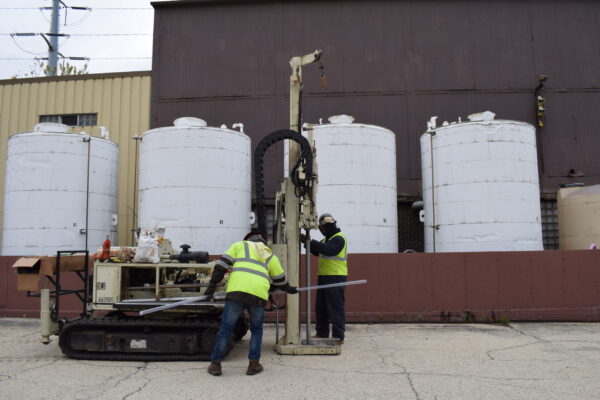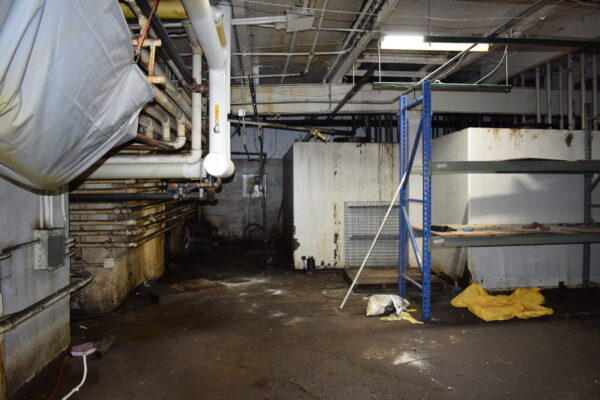Client: MR Properties | Location: Chicago, IL
Pioneer was retained to secure a comprehensive NFR letter from the Illinois EPA’s Site Remediation Program (SRP). The project included the preparation of a Phase I ESA, review of previous environmental assessment reports, supplemental subsurface investigation work, completion of a GPR survey, test pit excavations for USTs, as well as all required state and federal EPA reporting and documentation. The primary contaminants of concern identified at the site consist of PNAs, PCBs and toluene. Pioneer worked closely with the lead developer during the planning stages of the project to satisfy HUD requirements and various components of the proposed development (asphalt parking lots, concrete sidewalks, building foundations and slabs) were incorporated into the risk assessment as engineered barrier components. In order to minimize the need for off-site disposal of impacted soil, Pioneer proposed the use of a Soil Management Zone that would allow impacted construction spoils generated during redevelopment activities to be redistributed and consolidated on the site.
Pioneer prepared a Comprehensive Site Investigation Report/Remediation Objectives Report/Remedial Action Plan (CSIR/ROR/RAP) and the TSCA Self-Implementing PCB Cleanup Application pursuant to 40 CFR 761.61(a) to address contamination identified at the Remediation Site. Given the high concentrations and source of toluene detected on site, in-situ chemical oxidation and a request for “De-Listing” the waste as non-hazardous were essential components of the remediation and would result in significant cost savings in the overall project budget. In addition, utilizing certain key options under TSCA for the PCB cleanup work also were counted on to reduce the remediation costs. Pioneer was able to justify the remediation and closure approach to the satisfaction of the agencies and all the reports were approved by both the IEPA and USEPA.
The approved work included PCB soil remediation, removal of toluene and hexane USTs, in-place treatment of hazardous toluene-impacted soils, and finally, the installation of engineered barriers during site redevelopment. The site was then successfully redeveloped with an assisted living facility.




